Creating a pet-friendly backyard is essential for the well-being and safety of your furry friends. This space serves as an extension of your home where pets can explore, play, and relax in a secure environment. Tailoring your outdoor area to suit their needs involves assessing the current setup, installing proper fencing, and choosing safe plants. The process requires thoughtful planning and consideration of your pet’s behavior and preferences. By following these guidelines, you can transform your backyard into a haven that enhances your pet’s quality of life.
Contents
Assessing Your Space
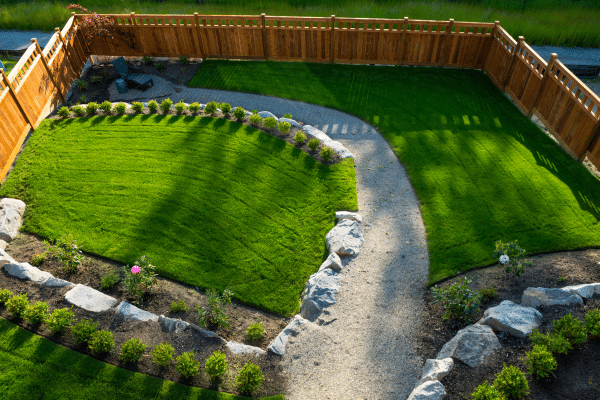
Before making any changes, it’s crucial to evaluate the existing backyard setup. Look for potential hazards, such as toxic plants, sharp objects, or escape routes. Consider the size of the yard and how it can accommodate your pet’s activities. Think about your pet’s habits and how the space can be optimized for their enjoyment and safety. This initial assessment will guide the modifications and additions necessary to create a pet-friendly environment.
Understanding your pet’s behavior and needs is fundamental in creating an ideal backyard space. Different pets require varying levels of activity, exposure, and interaction with their environment. For example, a high-energy dog might need more open space to run, while a cat may prefer areas for climbing and hiding. Tailor the backyard to fit these specific needs, ensuring it is a safe and stimulating place for your pet to spend time.
Secure Fencing And Boundaries
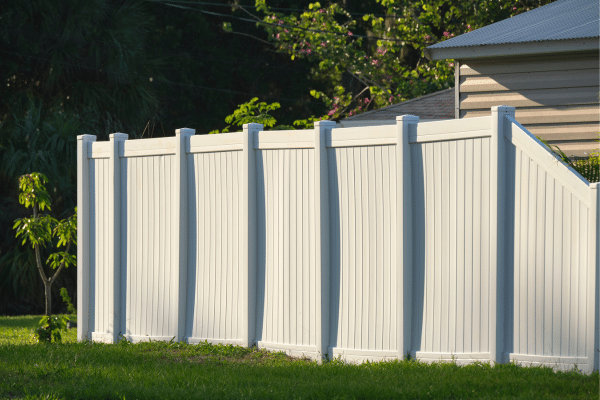
Secure fencing is paramount in keeping pets safe in their backyard. The fence should be tall enough to prevent jumping over and robust to resist digging or breaking through. Materials and design should be chosen with your pet’s behavior and size in mind. For instance, a fence with no footholds and a smooth surface can deter climbers, while a solid base can prevent diggers from escaping.
In addition to physical barriers, consider visual ones. Some pets, like dogs, might feel less inclined to escape if they can’t see beyond the fence. Using solid panels or planting dense shrubs along the boundary can help minimize distractions and reduce the risk of your pet trying to escape. Ensuring all gates are secure and regularly checking the fence for damage is also critical in maintaining a safe perimeter.
Choosing Pet-Friendly Plants
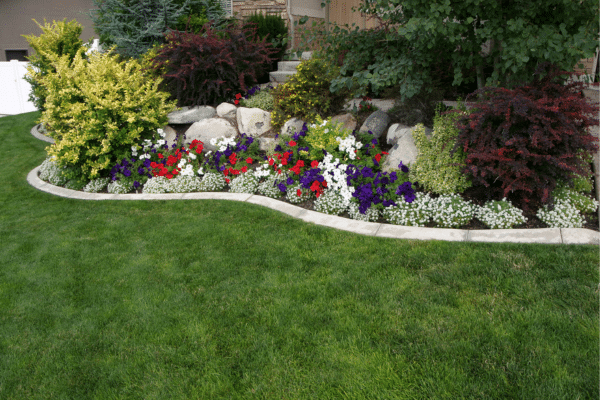
Selecting the right plants for a backyard can greatly impact pet safety and enjoyment. Many common garden plants are toxic to animals, so it’s crucial to research and choose species that won’t harm pets. Non-toxic options like catnip for cats, and wheatgrass for dogs, can provide both stimulation and health benefits. Furthermore, the layout of the garden should prevent pets from accessing potentially dangerous plants or areas where garden chemicals are used.
Creating a pet-friendly garden also involves considering the sensory experience for animals. Plants that are robust and can withstand some rough play are ideal. Fragrant herbs like lavender and mint can be pleasant for pets and double as natural pest repellents. Incorporating a variety of textures and heights in plant choices can stimulate pets’ curiosity and provide an engaging environment for them to explore.
Creating Shade And Shelter
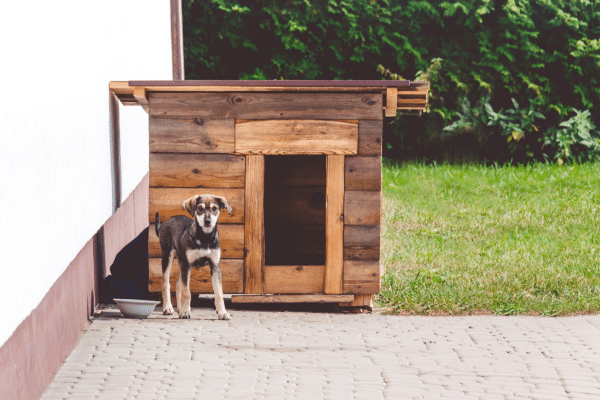
Providing shade and shelter in the backyard is vital for pets to avoid overheating and to have a refuge from the elements. Structures like pergolas, shade sails, or even dense tree canopies can offer a cool retreat during hot weather. Ensuring these areas are accessible and comfortable for pets, with ample water and perhaps cooling mats, will encourage them to use these spaces regularly.
The design of these shelters should cater to the specific needs of the pet. For example, dogs might appreciate a covered kennel or a raised platform to lie on, while cats may prefer elevated perches or hidden nooks within foliage. The shelter should also be durable and easy to clean, with materials that can withstand the weather and the wear and tear of pet use.
Play Areas And Exercise
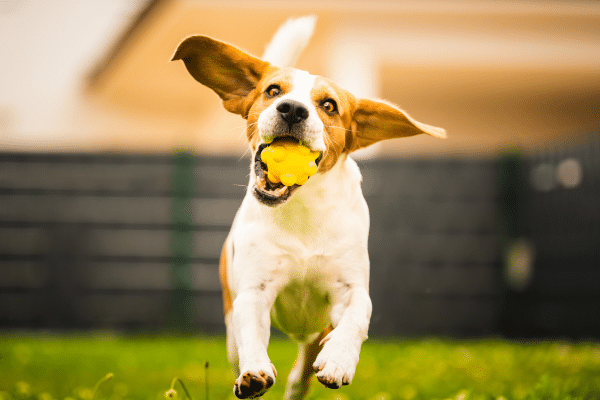
Establishing designated play areas in the backyard can significantly enhance a pet’s physical and mental well-being. These areas can be equipped with toys, agility equipment, or even simple objects like balls and tunnels that encourage active play. The design should be tailored to the pet’s size, agility, and interests, providing them with a stimulating and safe environment to explore.
The importance of regular exercise for pets cannot be overstated. It aids in preventing obesity, relieving stress, and maintaining overall health. Therefore, the backyard should offer a variety of ways for pets to engage in physical activity. Whether it’s a clear, flat area for fetch, a maze of paths for exploration, or a dedicated digging box for dogs, each element should be designed to keep pets entertained and active.
Water Features And Safety
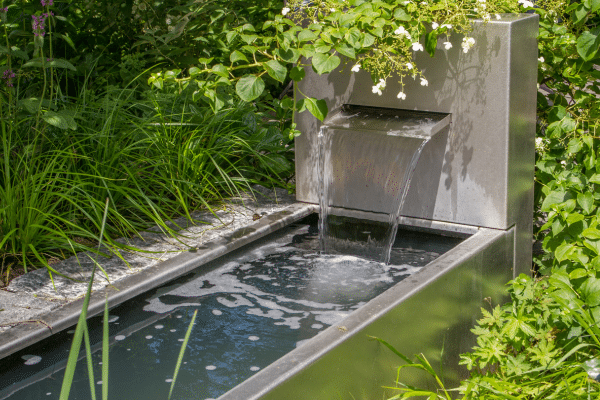
Incorporating water features in a backyard can offer pets refreshing play opportunities while enhancing the aesthetic appeal of the space. However, the safety of these features is paramount. Ponds, pools, and fountains should have easy access points and shallow areas where pets can safely enter and exit the water. Barriers or covers may be necessary to prevent unsupervised access to deeper water features.
Beyond safety, water features can provide sensory enrichment for pets. The sound of flowing water can be soothing, and the movement can stimulate their curiosity. For dogs, especially, water play can be a source of joy and a great way to cool down in hot weather. It’s important to ensure that the water is clean and treated appropriately to prevent health issues.
Regular Maintenance And Safety Checks
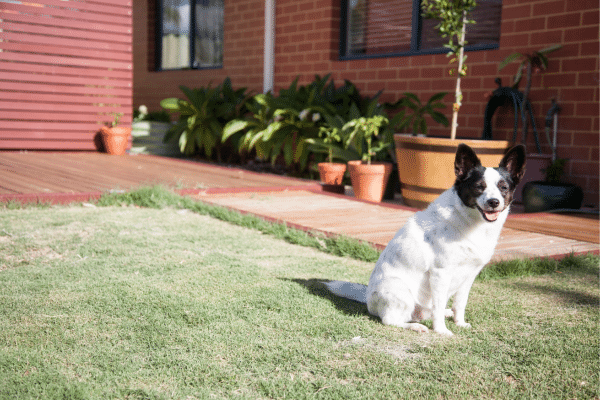
Maintaining a backyard to ensure it remains a safe haven for pets involves regular checks and upkeep. Hazards such as sharp objects, toxic substances, and insecure fencing should be promptly addressed. A routine inspection of the area can prevent accidents and ensure that the environment continues to be secure and enjoyable for pets.
Additionally, the health of the backyard ecosystem plays a critical role in pet well-being. Lawn care products, pesticides, and fertilizers must be chosen with pets in mind, opting for non-toxic alternatives whenever possible. Regular cleaning and waste removal will keep the area sanitary and help prevent the spread of disease.
The Bottom Line
Creating a pet-friendly backyard is an ongoing process that enhances the quality of life for pets and their owners. It involves careful planning and regular maintenance to ensure that the space is safe, stimulating, and enjoyable. By considering the specific needs and behaviors of pets, owners can design a backyard that not only meets their pets’ physical and mental needs but also provides a peaceful and harmonious environment for everyone to enjoy. This commitment to creating a pet-friendly space can lead to happier, healthier pets and a more rewarding relationship between pets and their owners.


